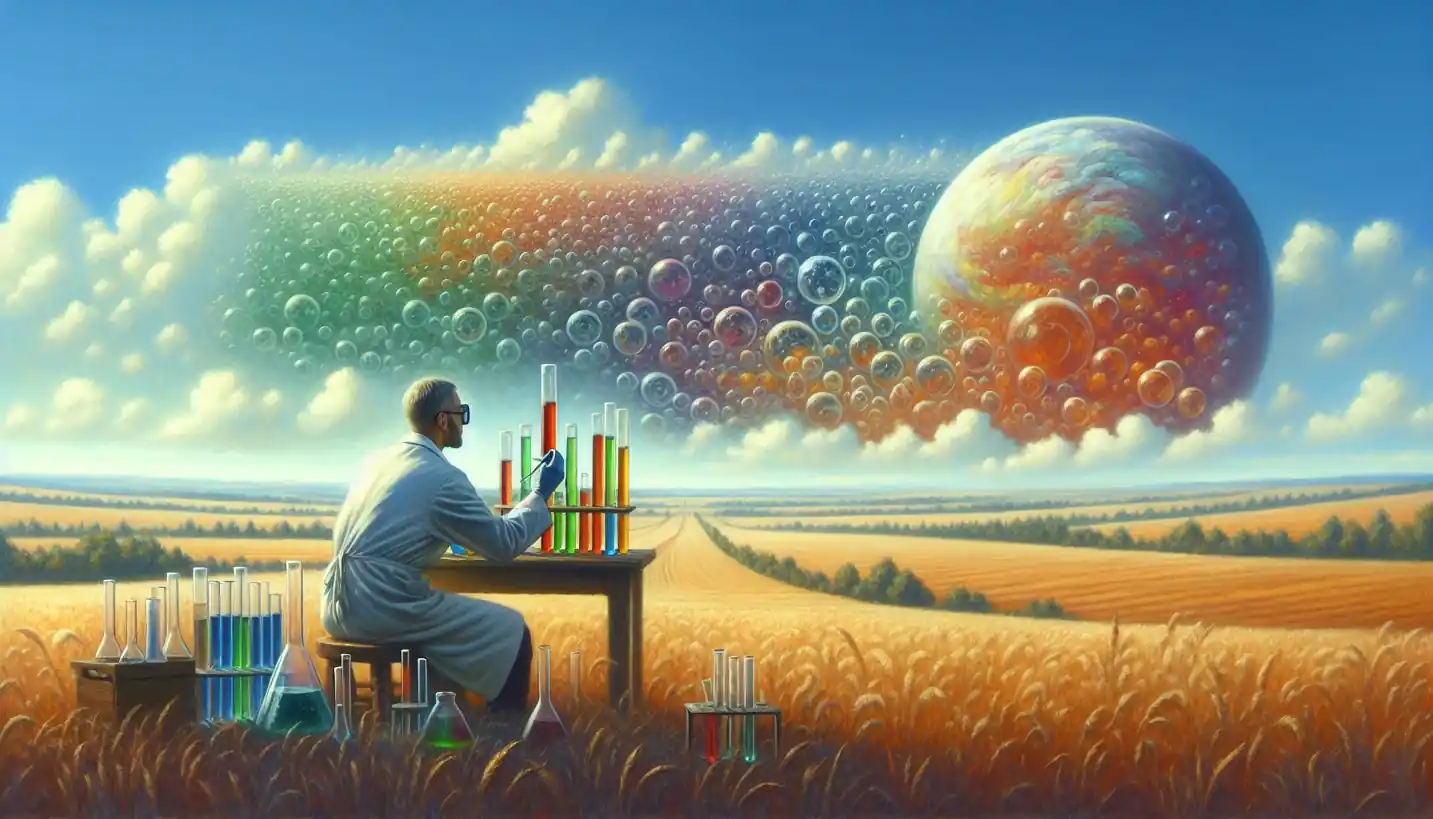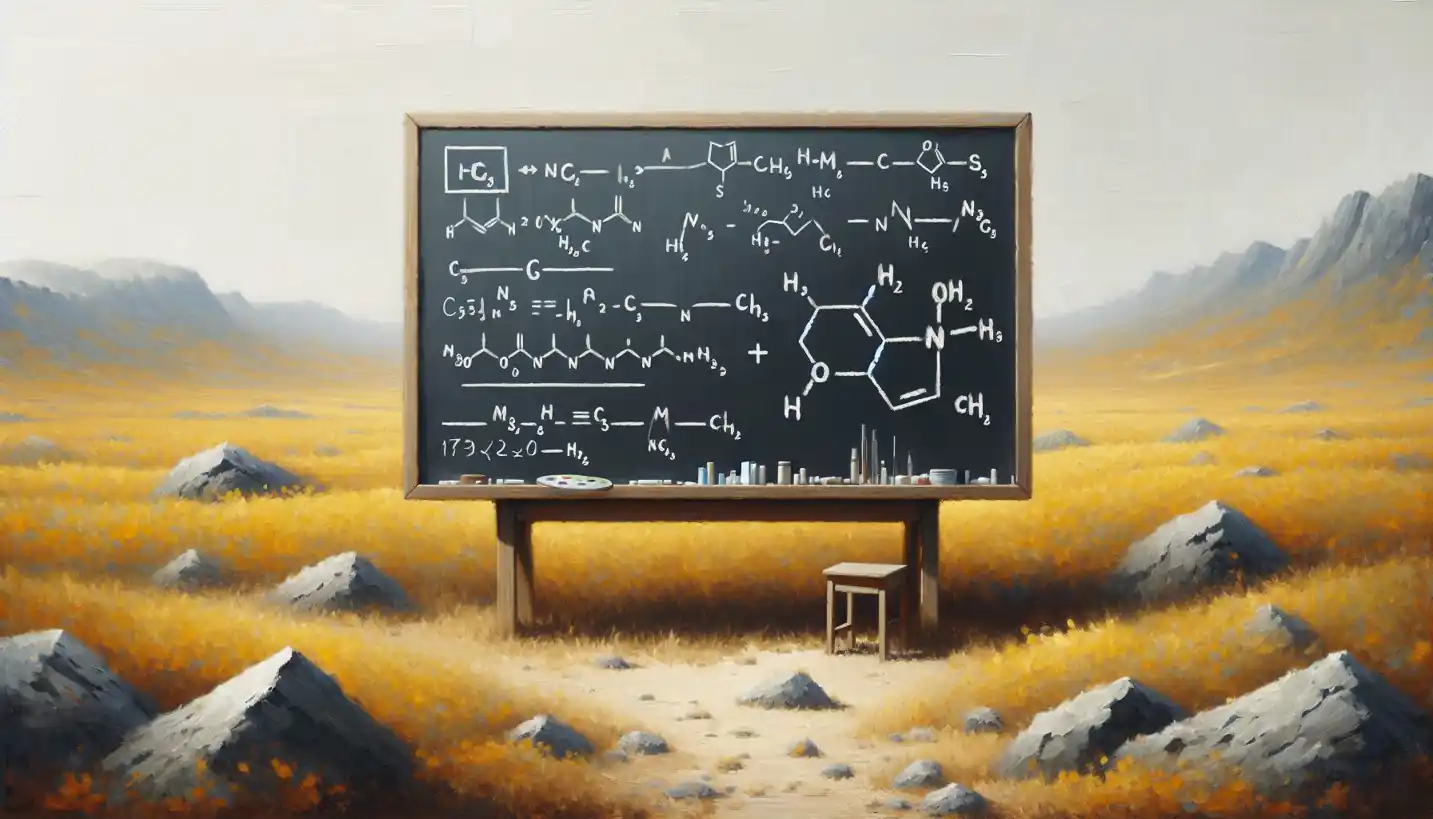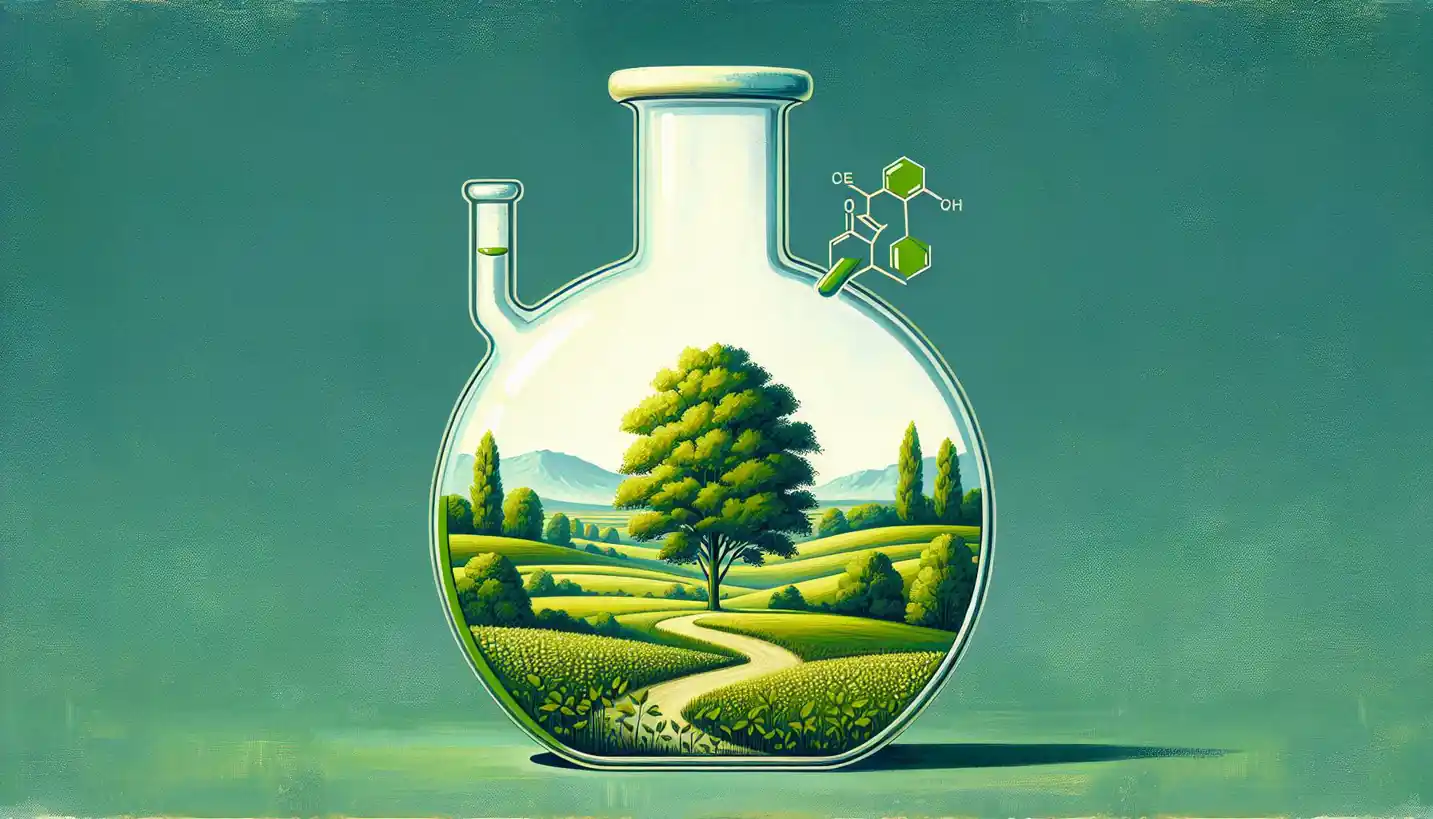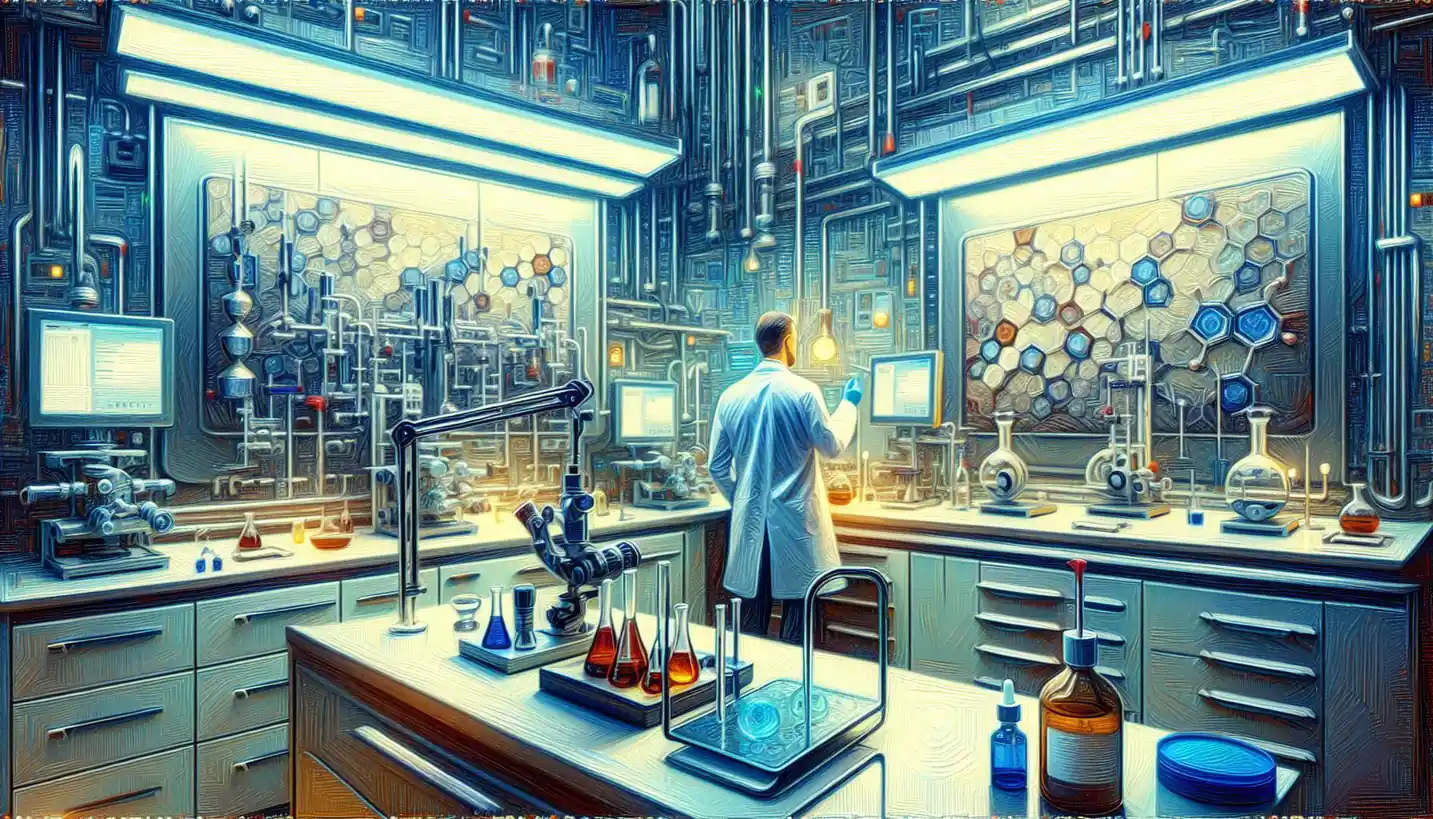· Chemistry · 5 min read
Cracking: Unlocking the Secrets of Industrial Chemistry
From fuels to plastics, cracking breaks down large hydrocarbons into valuable resources. Uncover the process that powers our modern world.
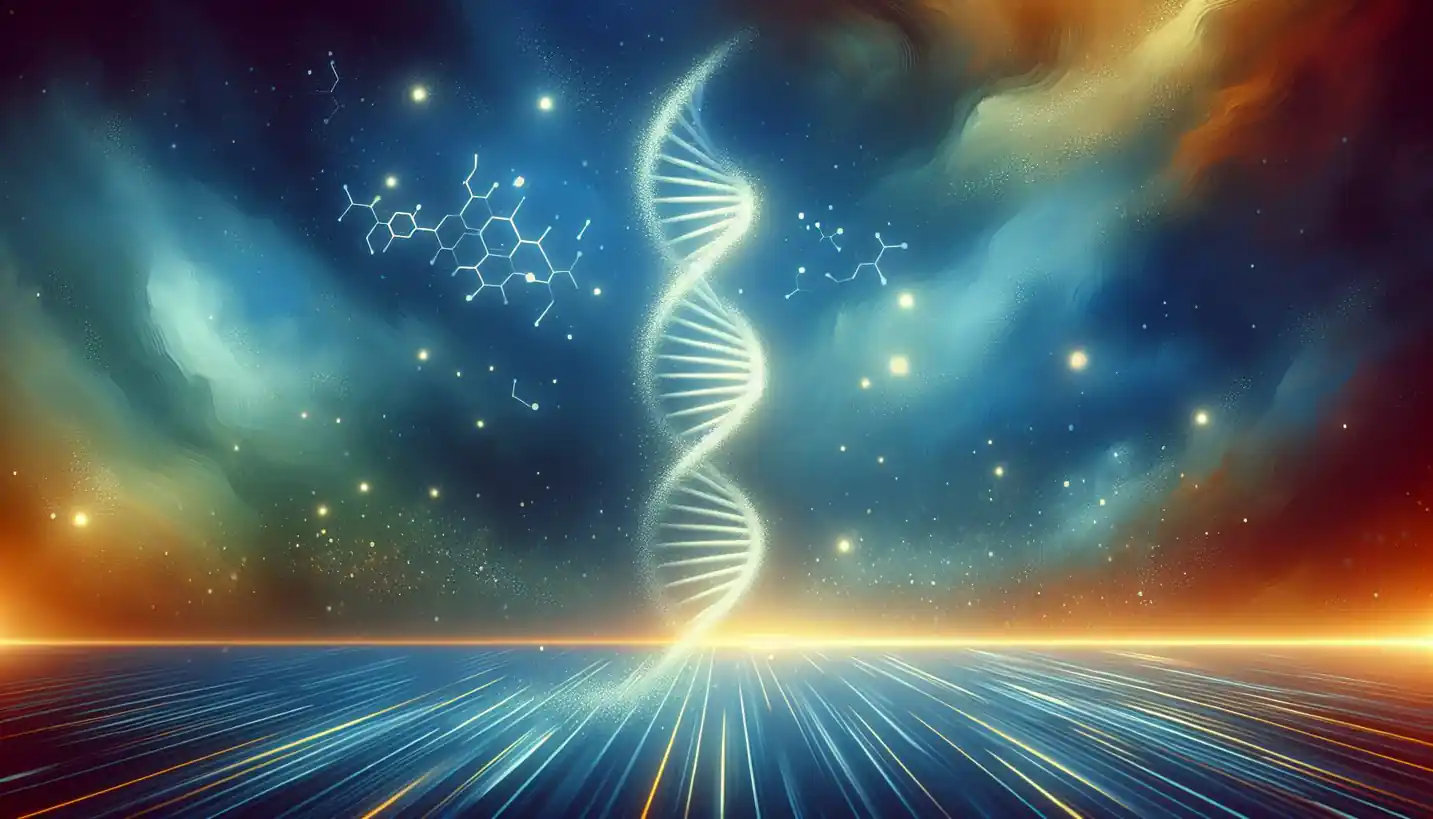
Picture the bustling heart of a refinery where crude oil transforms into everyday essentials. This magical transformation hinges on a process known as “cracking.” It’s a cornerstone of industrial chemistry. But how does it work, and why is it so important? Let’s dive in and explore!
What is Cracking?
Cracking is like the alchemy of modern chemistry. It’s a process that breaks down large, complex hydrocarbon molecules found in crude oil into simpler, more useful ones. Imagine taking apart a complicated Lego set to build smaller, more useful structures. In essence, that’s the magic happening in cracking. It’s crucial because it produces valuable substances like gasoline, diesel, and other essential chemicals for plastics and detergents.
Types of Cracking
There are primarily two types of cracking: thermal cracking and catalytic cracking. Each method has its own unique way of handling the hydrocarbon puzzle.
Thermal Cracking
Thermal cracking is a bit of a brute-force method. It uses high temperatures, sometimes exceeding 900 degrees Celsius, to break the bonds in large hydrocarbons. It’s akin to using heat to melt a block of ice into smaller droplets. This method yields alkenes, which are key building blocks in the petrochemical industry.
Catalytic Cracking
Catalytic cracking, on the other hand, is more of a fine art. It uses catalysts, which are substances that speed up chemical reactions without being consumed themselves. Think of a catalyst as a helpful teacher guiding students through a tough puzzle. This process operates at lower temperatures than thermal cracking and is more efficient. It produces high-quality gasoline and other valuable by-products like propylene and butenes, which are vital for making plastics.
The Science Behind the Scenes
At the molecular level, cracking involves breaking carbon-carbon bonds. Hydrocarbons are like tangled necklaces of carbons and hydrogens. Cracking takes these tangled chains and clips them into shorter, more manageable pieces. The type of products you end up with depends on the cracking conditions and the starting material.
Thermal Stress and Bond Breaking
In thermal cracking, the extreme heat provides energy to disrupt the stability of the carbon chains. It’s a bit like snapping a twig by applying enough force until it breaks. The high temperature causes the molecules to vibrate intensely until the bonds snap, leading to smaller, unsaturated hydrocarbons.
Catalytic Intervention
In catalytic cracking, the catalyst’s surface acts like a stage where hydrocarbon molecules break down and reform into new configurations. The catalyst typically consists of materials like zeolites, which have a sponge-like structure. This structure provides plenty of surface area for reactions, allowing hydrocarbons to break down more smoothly.
Significance in the Modern World
Cracking’s significance can’t be overstated. It fuels our cars, powers industries, and even contributes to the clothes we wear. Without cracking, we’d struggle to meet the world’s demand for fuel and petrochemicals. Every time you hop into your car or pick up a plastic item, there’s a good chance it was made possible through the magic of cracking.
Balancing the Energy Equation
One of the critical reasons cracking is vital is that it helps balance the demand and supply of fuel. The heavy components of crude oil are less useful in their original form. By cracking them into lighter products, we optimize the use of crude oil, ensuring that no part goes to waste. This balance is essential for meeting global energy needs efficiently.
Challenges and Innovations
While cracking is indispensable, it also poses challenges. The process can generate unwanted by-products, and there’s always room for improving efficiency. However, innovative minds in industrial chemistry are continually seeking ways to refine and enhance cracking techniques.
Addressing Environmental Concerns
One area of innovation is making cracking more environmentally friendly. Traditional cracking processes can emit pollutants. Researchers are developing cleaner catalysts and more efficient methods to reduce the environmental footprint of cracking. Imagine cracking with fewer emissions—it’s a game-changer for sustainable energy production.
Exploring New Catalysts
There’s an ongoing quest to discover better catalysts that can operate at lower temperatures and with greater selectivity. By selecting the right catalysts, we can improve the yield of desired products while minimizing waste. This exploration is akin to searching for a master key that unlocks the full potential of cracking.
The Future of Cracking
As we gaze into the future, cracking remains at the forefront of industrial chemistry. It plays a pivotal role in advancing renewable energy and creating more sustainable materials. Imagine new types of fuel and biodegradable plastics emerging from advanced cracking processes. The possibilities are endless!
Integration with Renewable Resources
Cracking isn’t limited to petroleum. Researchers are exploring ways to integrate cracking with renewable resources like biomass. Imagine plant-based materials undergoing cracking to produce eco-friendly fuels and chemicals. This innovation could lead to a greener, more sustainable future.
Cracking’s Evolution
As technology evolves, so does cracking. With advancements in artificial intelligence and machine learning, future cracking processes may become more precise and efficient. This evolution could streamline operations, reduce costs, and further enhance the environmental aspects of cracking.
Conclusion
In a world heavily reliant on energy and materials, cracking emerges as a silent hero in industrial chemistry. It takes the complex, the large, and the unwieldy, and transforms them into something valuable, practical, and essential. By understanding and improving cracking processes, we pave the way for a future powered by innovation and sustainability. So next time you fill up your tank or hold a plastic item, remember the intricate dance of molecules made possible by the art of cracking.
